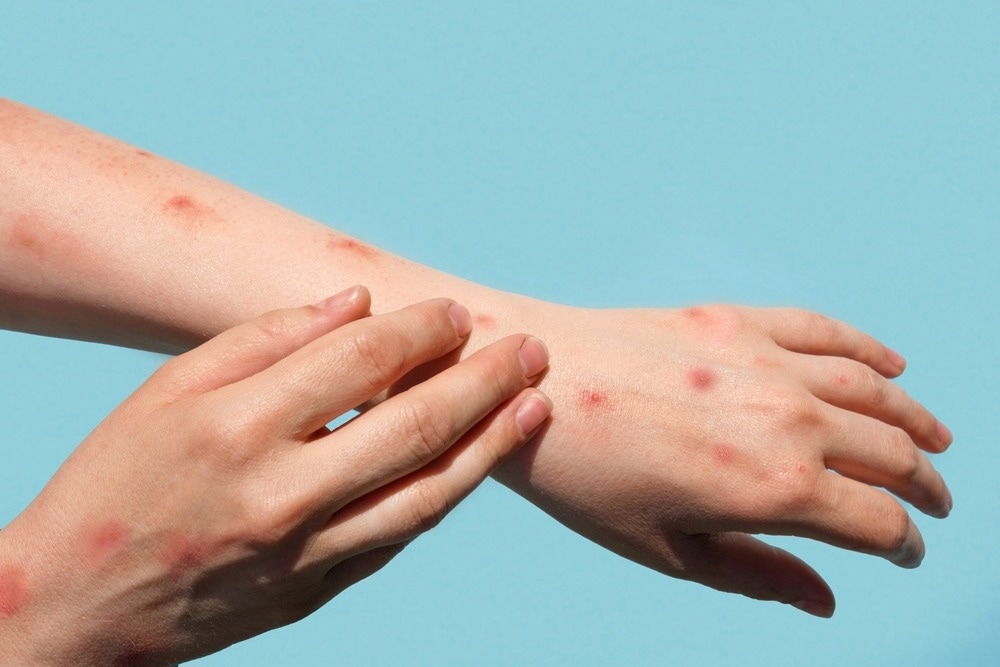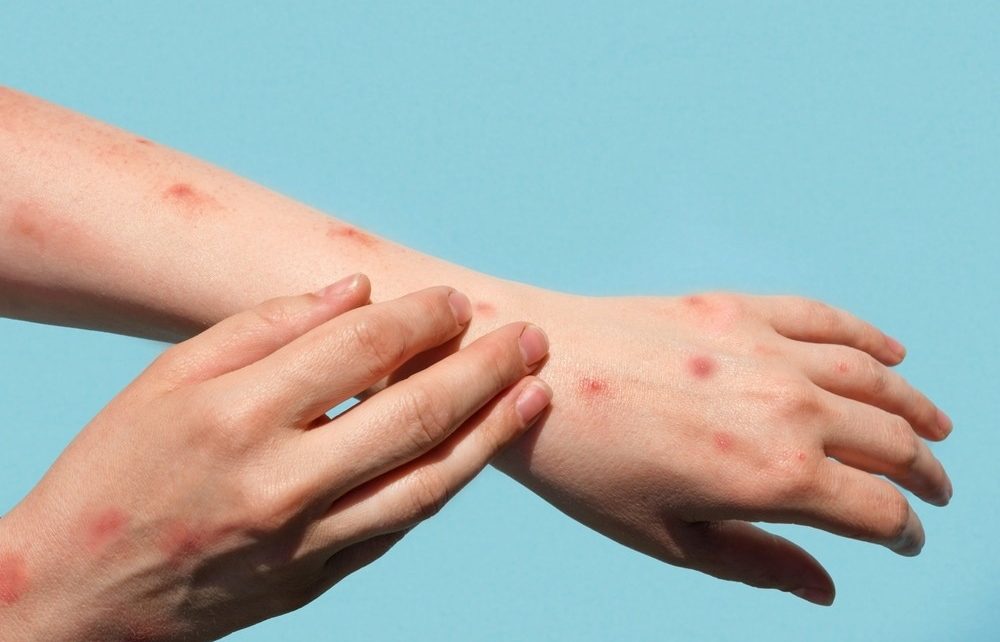In a recent study posted to the medRxiv* server, researchers estimated the serial interval and incubation period of monkeypox virus (MPXV) infections for the 2022 disease outbreak in the United States (US).

Background
The US Centers for Disease Control and Prevention (CDC) data showed 75,568 confirmed MPXV cases and 34 deaths across 109 endemic and non-endemic locations through October 25, 2022. In the 2022 MPXV outbreak, transmission primarily occurred through sexual or close contact with the infectious rash, scabs, or body fluids.
Subsequently, multiple patients across 12 states in the US reported having many anonymous sex partners or attending festivals three weeks before the symptom onset. It complicated efforts to identify primary and secondary case pairs. Further, it complicated establishing the serial interval for the current MPXV outbreak, a critical determinant of the course of a disease outbreak, and the impact of interventions, such as vaccines and drugs. Notably, MPXV symptoms typically manifest within three weeks of exposure and may include fever, headache, chills, swollen lymph nodes, and exhaustion. A rash usually develops within one to four days after the onset of symptoms.
The serial interval is defined as the time lapsed since symptom onset in a primary case and the onset in the secondary case. It determines the effective reproduction number (Rt) and forecasts the incidence of an infectious pathogen.
About the study
In the present study, researchers compiled data on symptom and rash onset dates for primary and secondary case pairs and their type of contact from 12 state and local health departments in the US. They used the Bayesian methods to estimate the distribution of the serial interval for known primary and secondary case pairs for both symptom and rash onset. They selected the model with the lowest Akaike’s information criterion (AIC) value.
Next, the team estimated the serial interval for symptom onset and rash onset using 50,000 Markov Chain Monte Carlo (MCMC) samples and a burn-in of 10,000 samples. They assessed the convergence of MCMC samples using Gelman–Rubin statistics. The researchers also included nine and four cases from the District of Columbia and Florida, respectively, in the MPXV incubation period analysis of the current study.
Study findings
A total of 57 case pairs met the study inclusion criteria, of which 40 had rash onset dates for primary and secondary cases. The serial interval for symptom onset ranged from two to 25 days among the index MPXV cases, partly due to variability in the nature and intensity of the contact. The overall mean estimated serial interval for symptom and rash onset was 8.5 and seven days, respectively.
The authors noted that 10/14 new cases (reported from the US alone) were exposed to MPXV in a single day. The average time of MPXV incubation from exposure to symptom onset was 5.6 days, whereas from exposure to rash onset was 7.5 days for 36 and 35 cases, respectively. Interestingly, there was a statistically significant association between the serial intervals and incubation periods in secondary cases.
Conclusions
The MPXV serial interval of 8.5 days for symptom onset in the current study matched the estimate of 9.8 days from a study conducted in the United Kingdom after correcting for right truncation. However, it was much shorter than the generation time of 12.5 days reported by a study conducted in Italy. According to the authors, no previous studies have documented MPXV rash serial interval. They reported a serial interval of seven days for rash onset, which clearly was longer than the rash incubation period of 5.6 days. It suggested that some pre-rash transmission also occurred for MPXV.
To summarize, the study estimated the serial interval, which included estimates for rash onset for the current US MPXV outbreak; additionally, it demonstrated its reliability over estimates based on initial disease symptoms.
*Important notice
medRxiv publishes preliminary scientific reports that are not peer-reviewed and, therefore, should not be regarded as conclusive, guide clinical practice/health-related behavior, or treated as established information.
- Madewell, Z. et al. (2022) "Serial interval and incubation period estimates of monkeypox virus infection in 12 U.S. jurisdictions, May – August 2022". medRxiv. doi: 10.1101/2022.10.26.22281516. https://www.medrxiv.org/content/10.1101/2022.10.26.22281516v1
Posted in: Medical Science News | Medical Research News | Disease/Infection News
Tags: Body Fluids, Burn, Drugs, Exhaustion, Fever, Headache, Lymph Nodes, Monkeypox, Pathogen, Rash, Reproduction, Virus

Written by
Neha Mathur
Neha is a digital marketing professional based in Gurugram, India. She has a Master’s degree from the University of Rajasthan with a specialization in Biotechnology in 2008. She has experience in pre-clinical research as part of her research project in The Department of Toxicology at the prestigious Central Drug Research Institute (CDRI), Lucknow, India. She also holds a certification in C++ programming.
Source: Read Full Article



